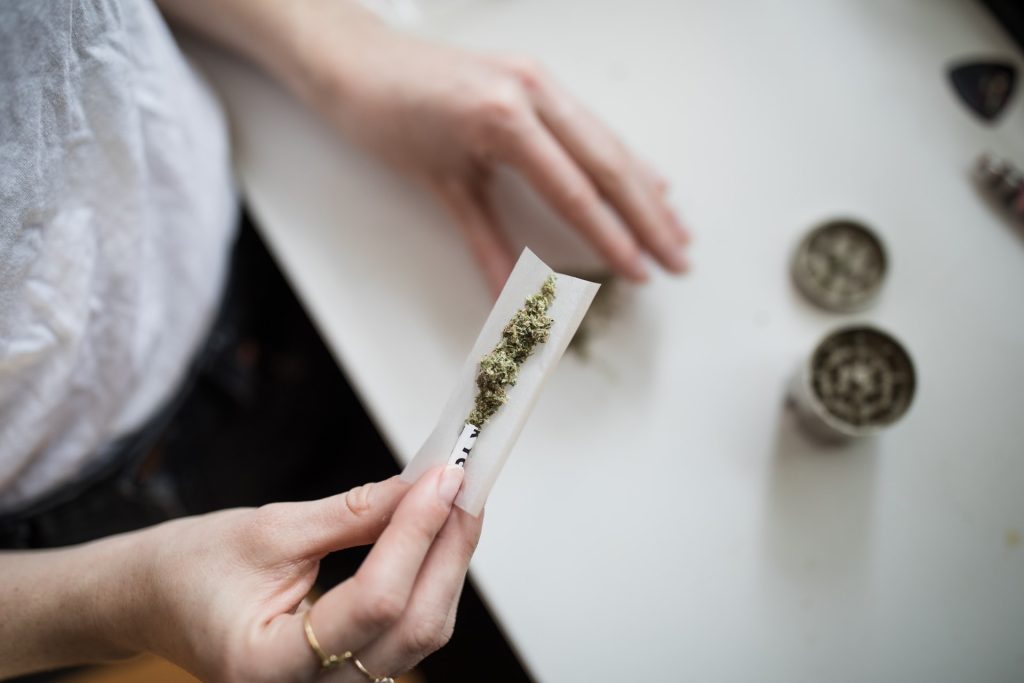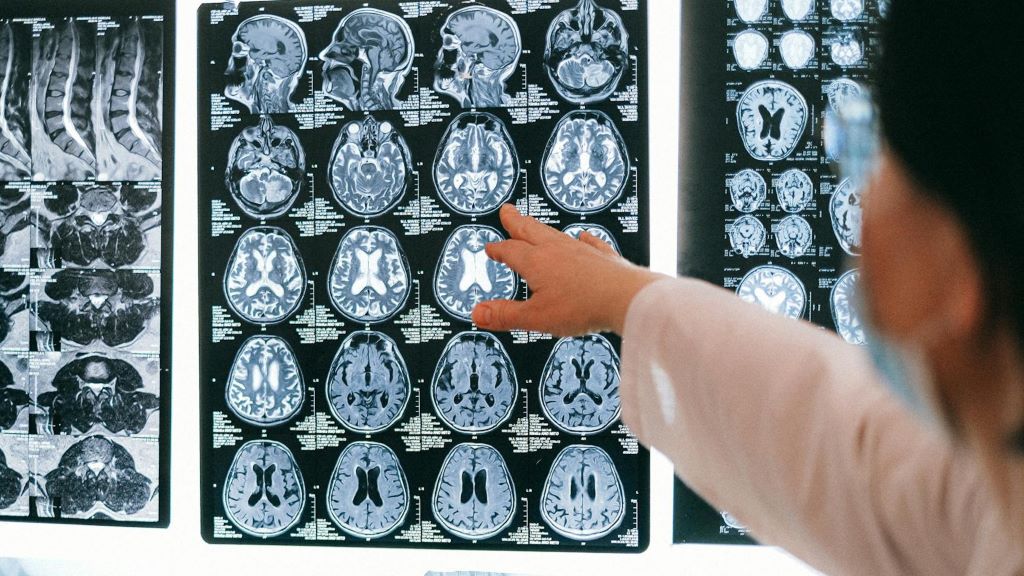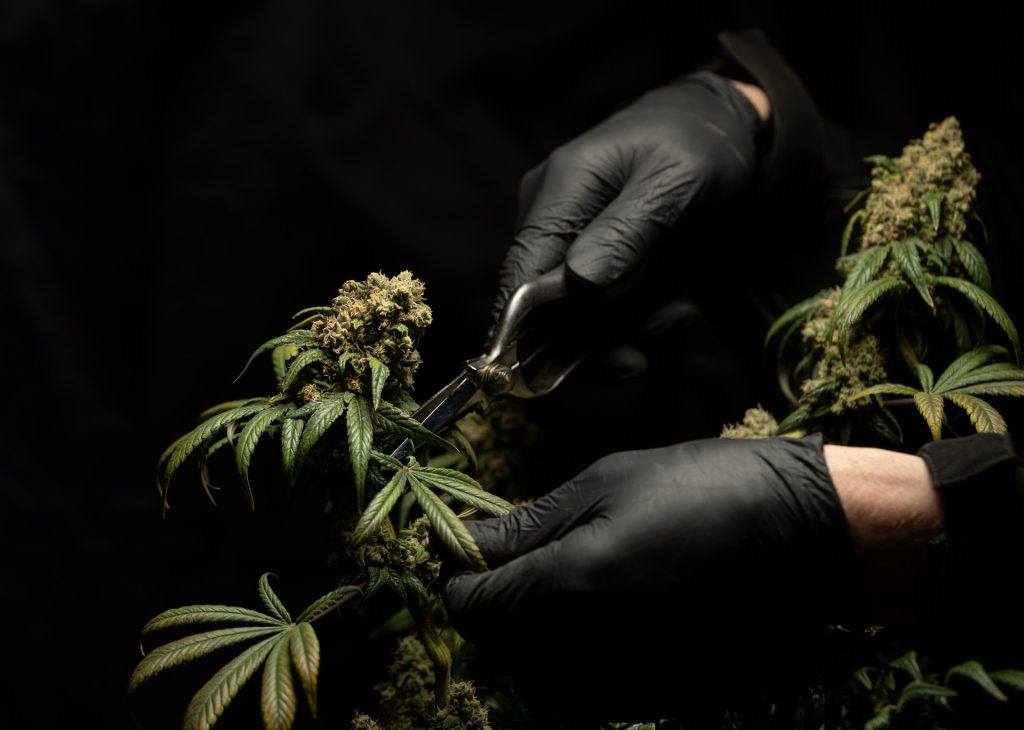Potential Risk Biomarkers Found for Schizophrenia from Cannabis Use

A new study, recently published in the journal Scientific Reports, has analysed and compared the fatty acids in the blood of individuals with schizophrenia, of those with cannabis use disorder and of those with both diagnoses, with the aim of shedding light on new biomarkers and improving the understanding of the biological relationship between the two disorders. The study also offers a powerful tool for identifying new biomarkers.
Cannabis is one of the most widely used substances in the world, with some 228 million users between the ages of 15 and 64. The risk of developing schizophrenia increases significantly with cannabis use, especially when it starts at a young age. What is more, it is estimated that approximately 10% of cannabis users will develop cannabis use disorder during their lifetime. Curiously, almost a third of individuals diagnosed with schizophrenia also meet the criteria for cannabis use disorder; and cannabis use disorder affects up to 42% of people with schizophrenia.
In this bid to shed light on the biological mechanisms that determine why some individuals develop schizophrenia while others only experience cannabis use disorder, despite similar levels of exposure to cannabis, the UPV/EHU’s Neuropsychopharmacology group has managed to detect “potential biomarkers in the blood that could help predict the risk some people have of developing a psychiatric disorder such as schizophrenia if they use cannabis”, explained Leyre Urigüen, coordinator of the study.
So, the research group compared the fatty acid content in the blood of samples taken from “a group of individuals with schizophrenia who did not use cannabis, a group who used cannabis and have developed a cannabis use disorder, a group with a dual pathology of schizophrenia with cannabis abuse, and a control group of individuals with neither a psychiatric disorder nor drug use”, explained Dr Urigüen. In the study they wanted to shed light on what happens “with people who use cannabis and develop schizophrenia; how do they differ from those who use cannabis and never develop a psychiatric disorder?” she added.
“We found considerable differences between these groups of individuals. By comparing the quantities of certain metabolites (fatty acids), we were able to perfectly differentiate between the three patient populations,” stressed the UPV/EHU researcher. “This indicates that there is an altered or different metabolism between these three groups.” In this study the Neuropsychopharmacology research group at the UPV/EHU detected “that some fatty acids differentiate between the cannabis-using group and the groups with schizophrenia and dual-diagnosis patients. These molecules could potentially be biomarkers”, said Urigüen.
Paving the way forward
The researcher is very hopeful about this finding: “I think it is important to be capable of finding blood biomarkers that can help predict the risk of developing a psychiatric disorder, such as schizophrenia due to cannabis use, and this study has proven to be the start of this way forward. Now this has to be disproved by studies with a larger cohort of people than the one we have analysed.”
In this respect, the researcher stressed that another of the strengths of the study is “the fine-tuning of plasma lipidomics in patients; in other words, the complete study of fatty acids (lipids). We are proposing a way of working that can be replicated by other groups, and that way, headway can be made in the specification of these metabolites”. This approach has been developed by the IBeA research group under the direction of the UPV/EHU professor Nestor Etxebarria. Both groups are working side by side on “various approaches to the study in which they are trying to find answers to these and many other questions”.
Source: University of the Basque Country





